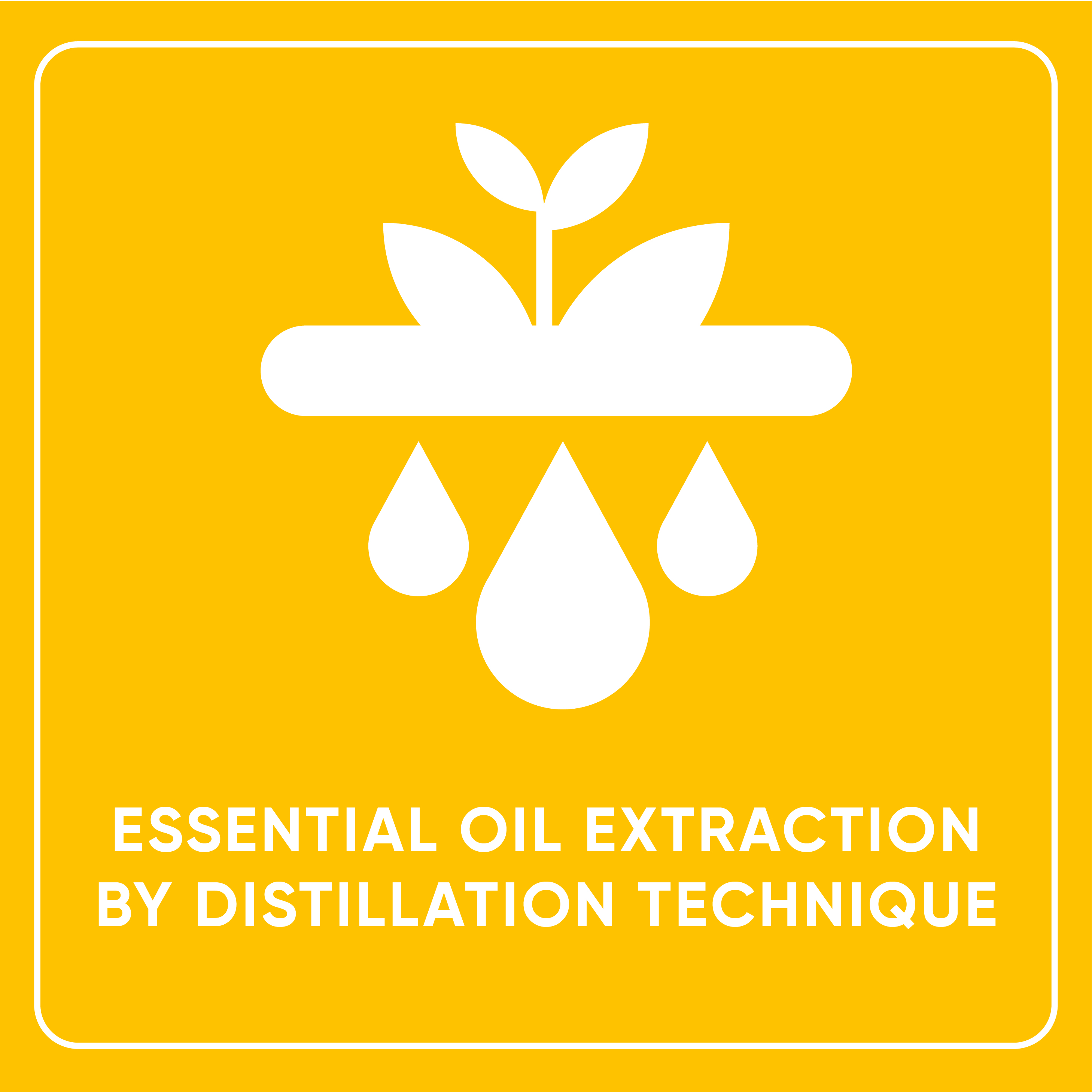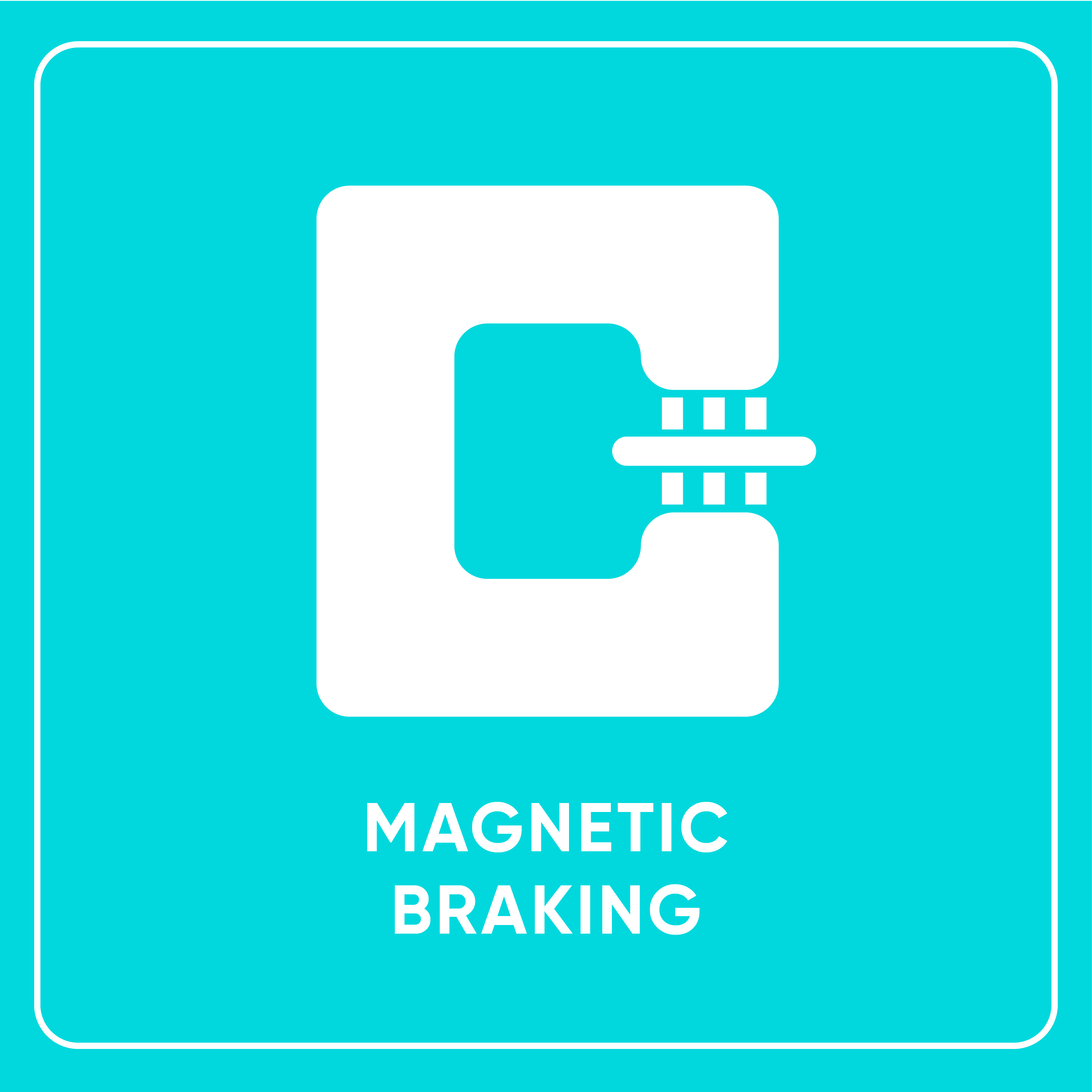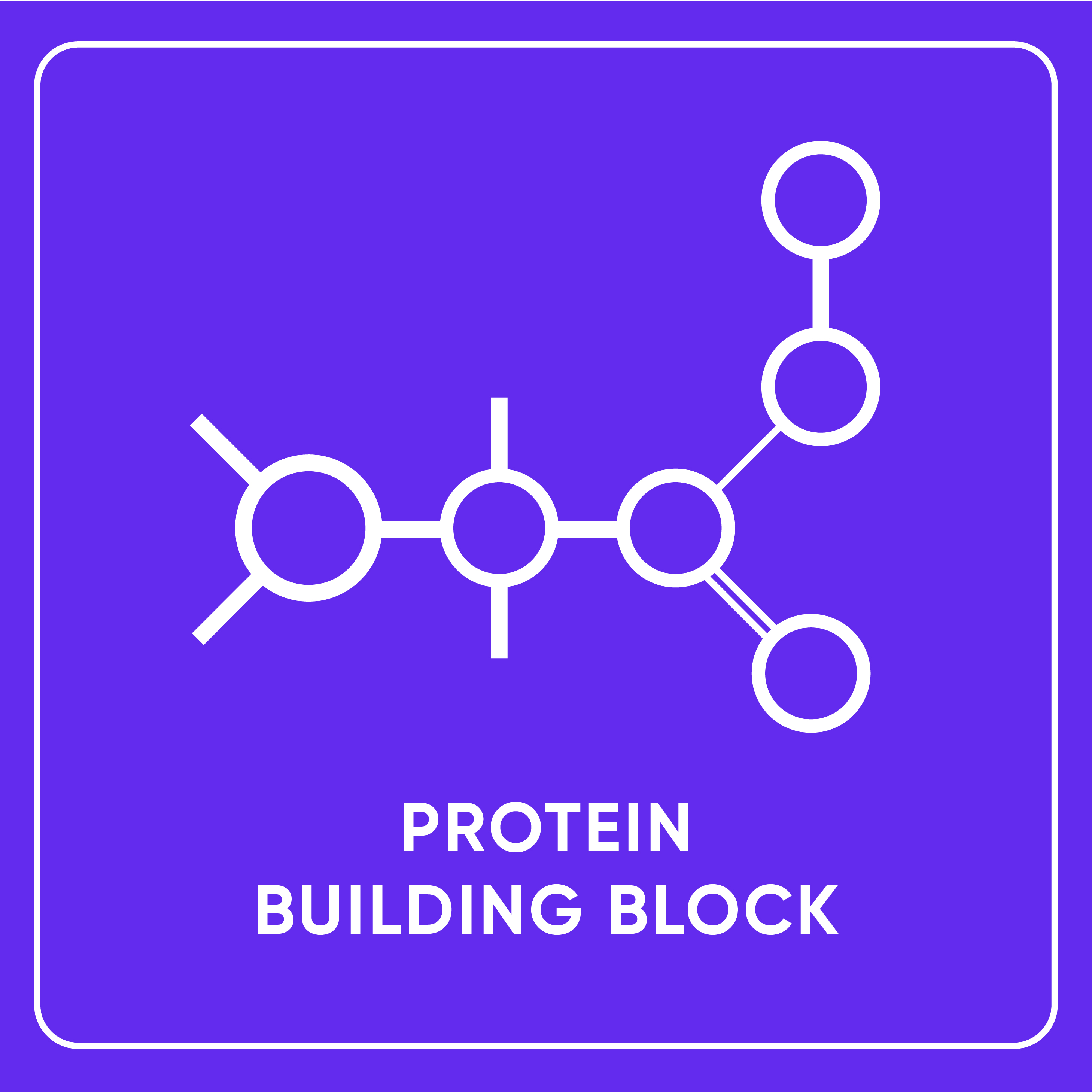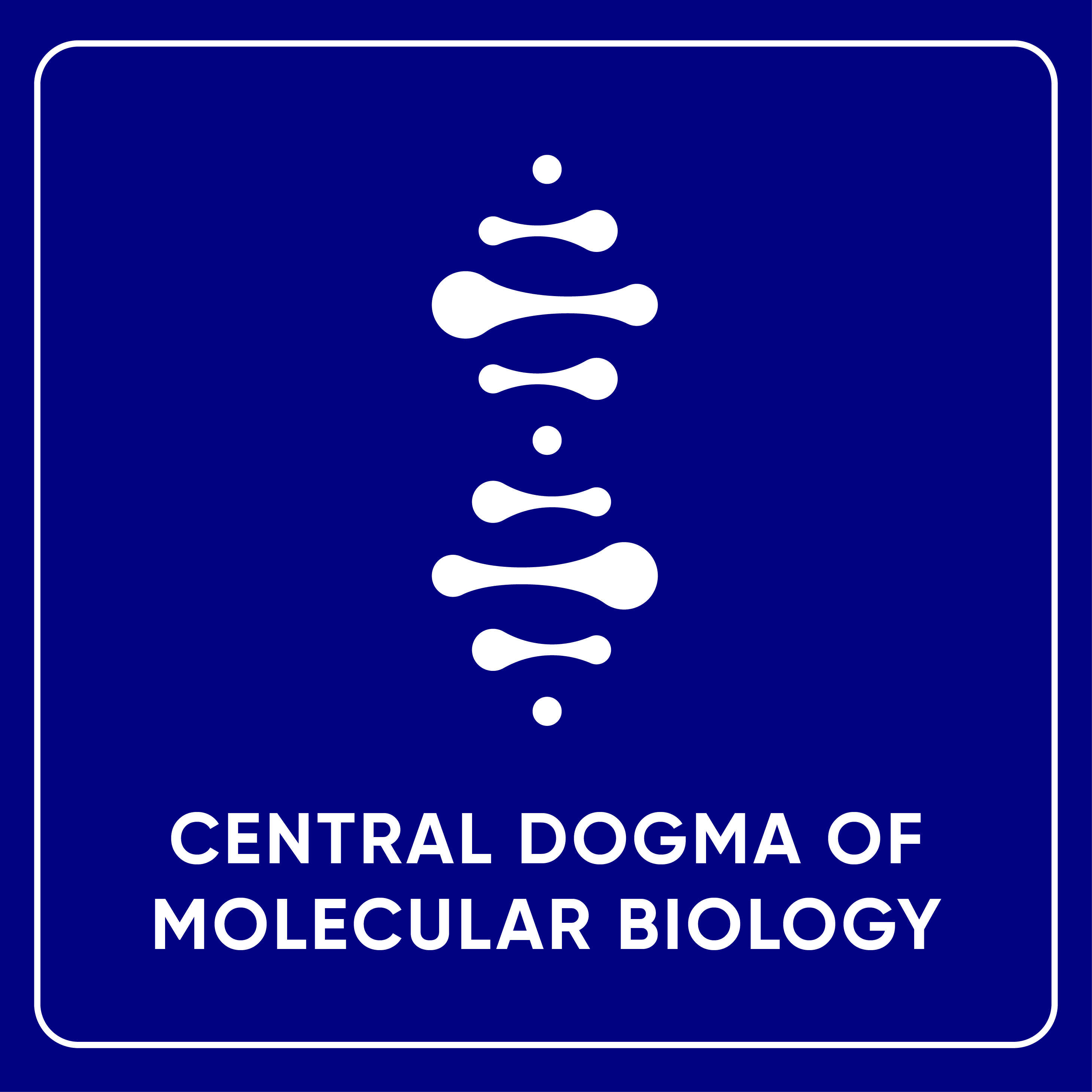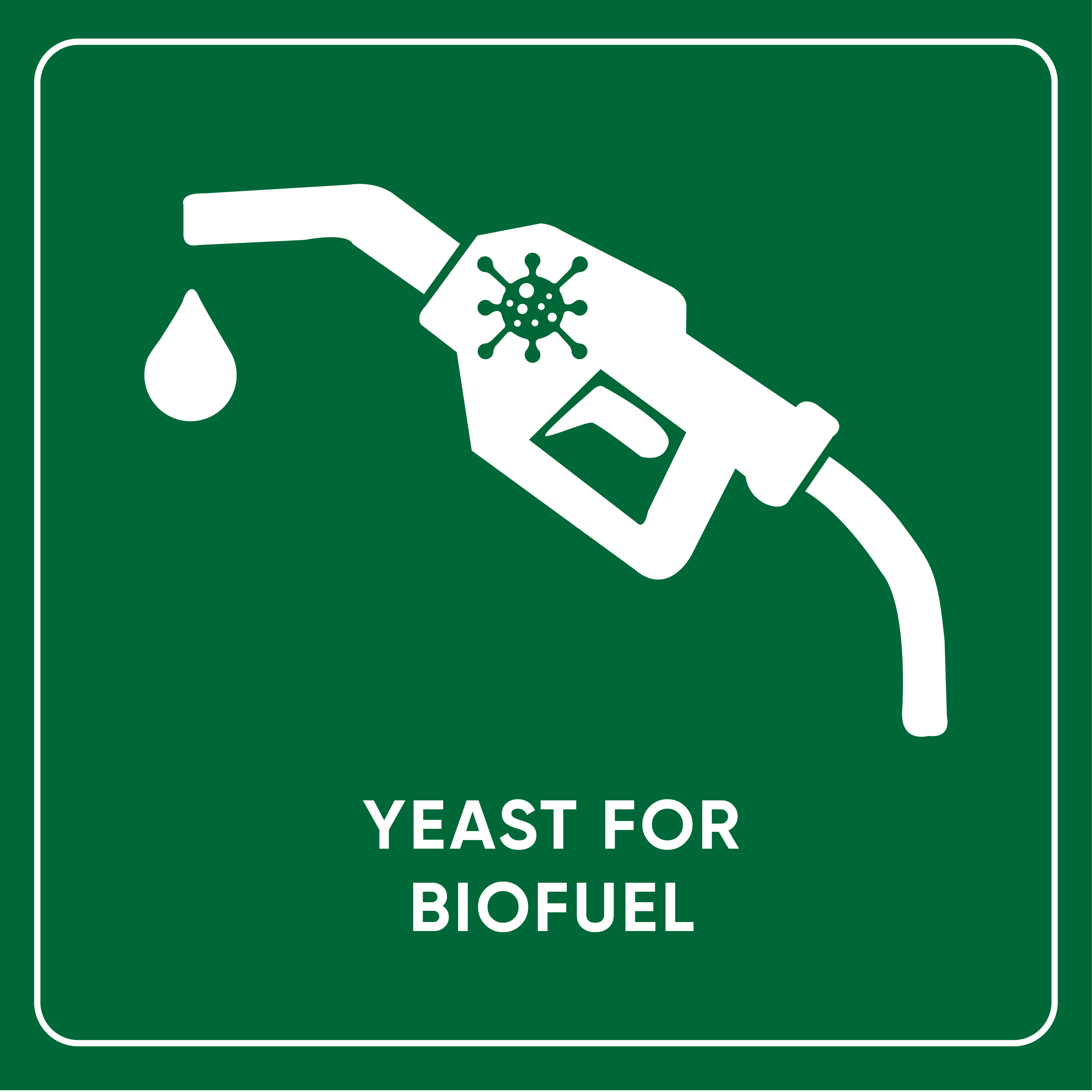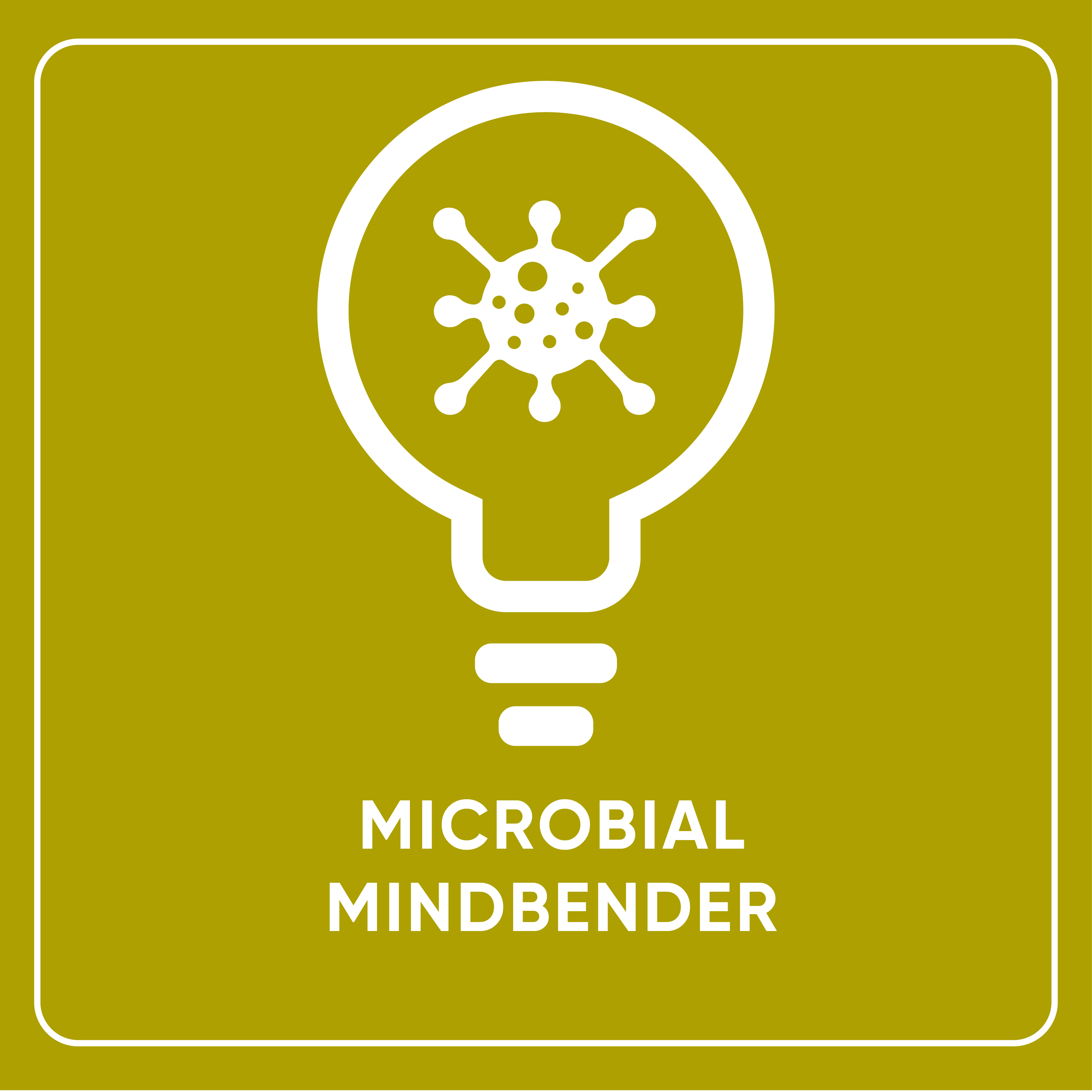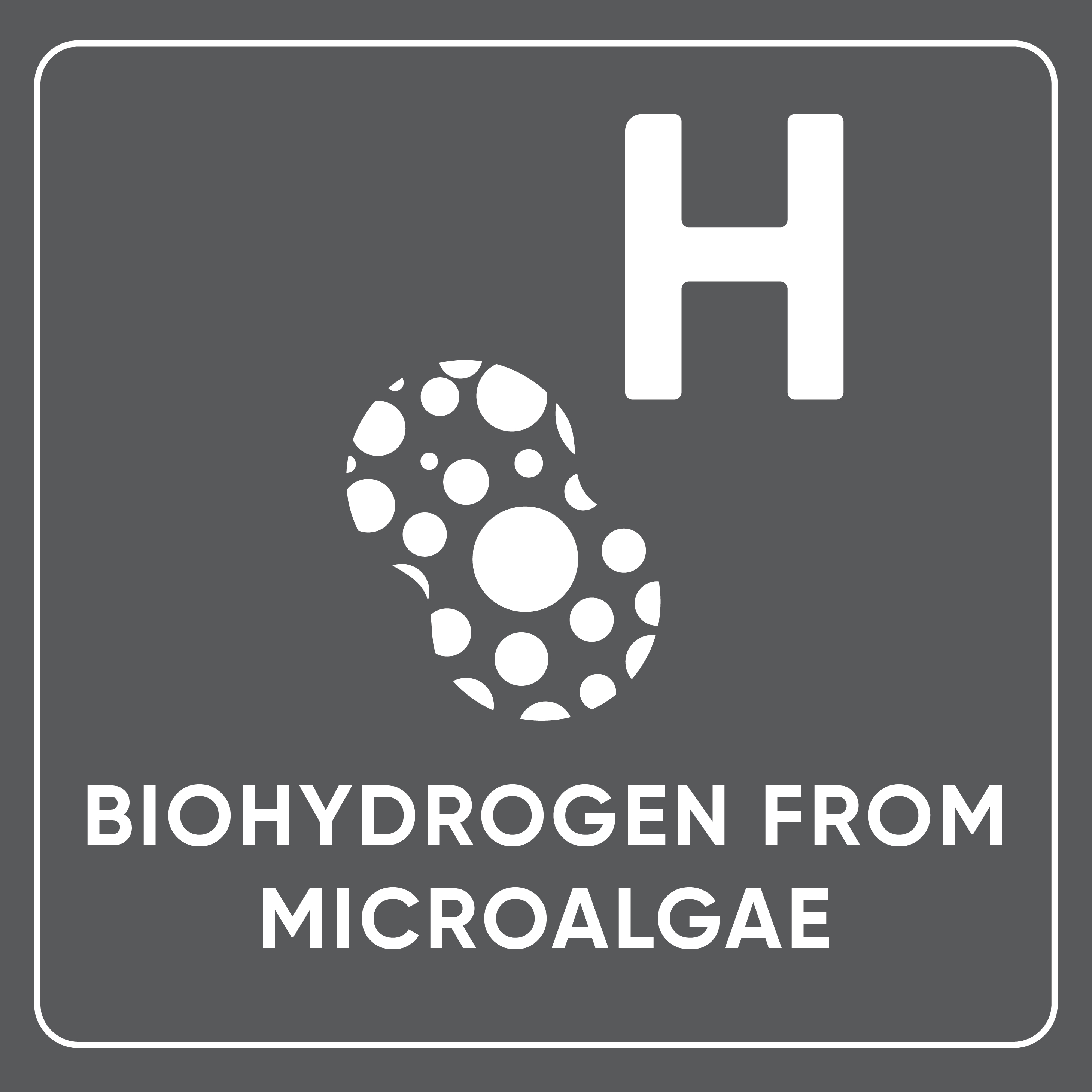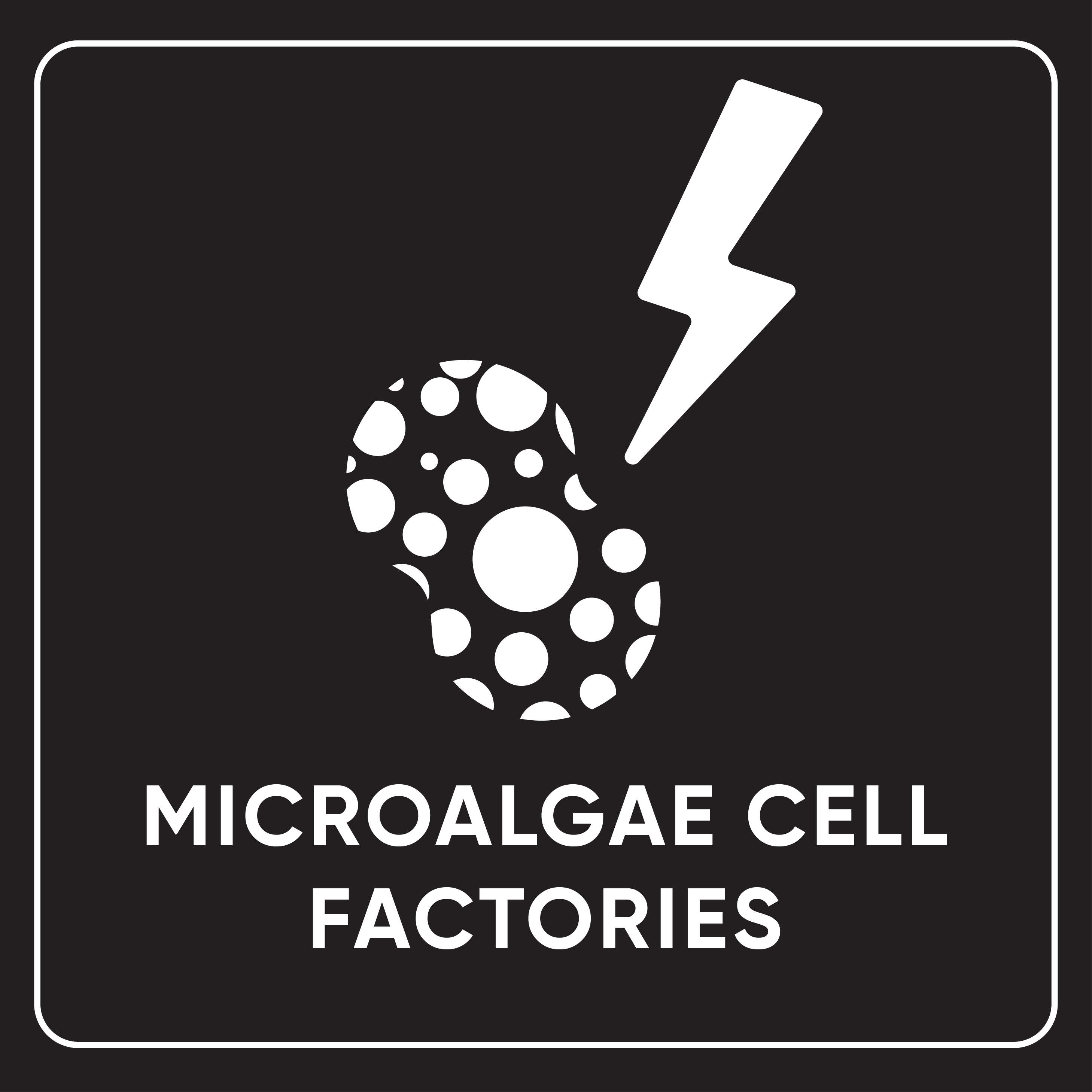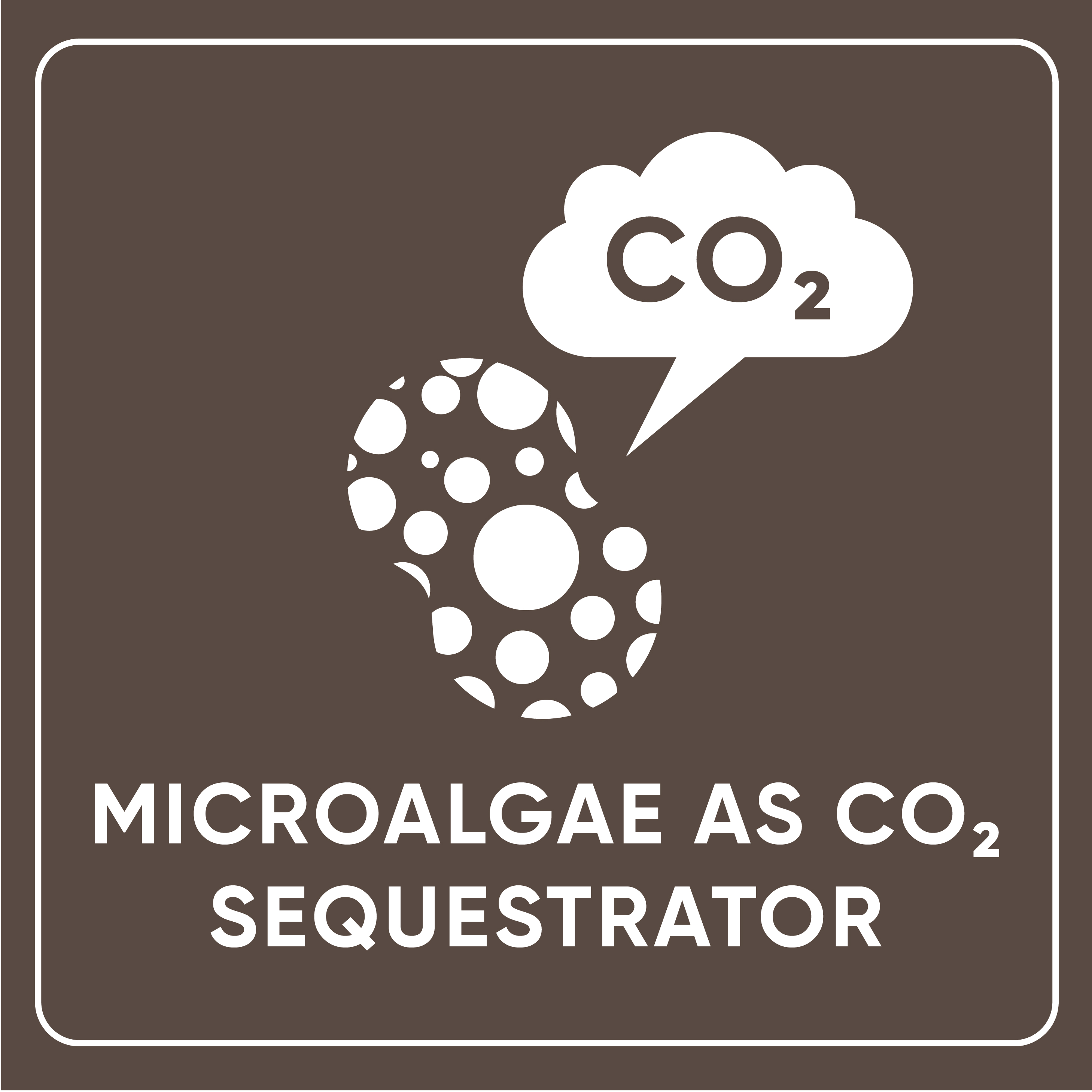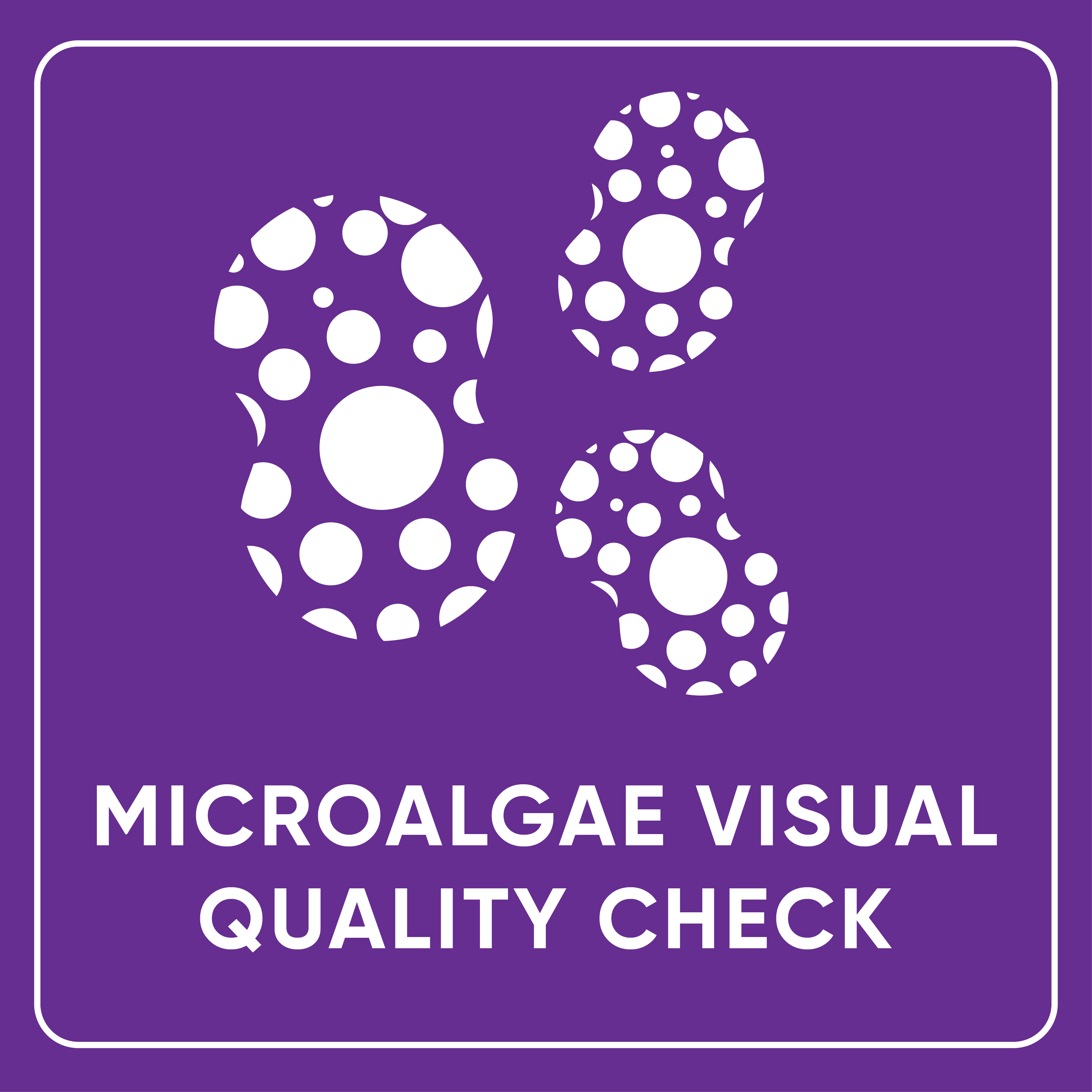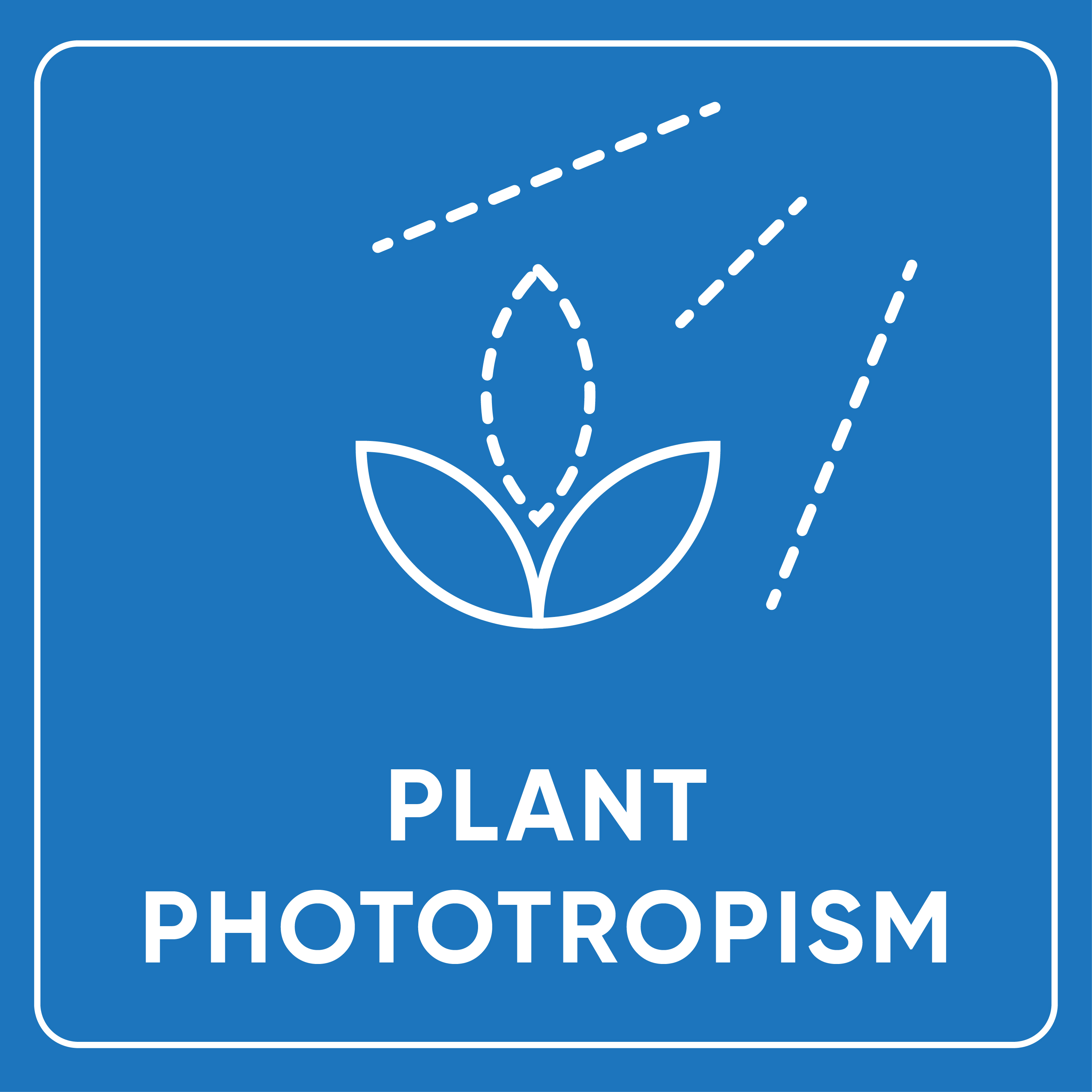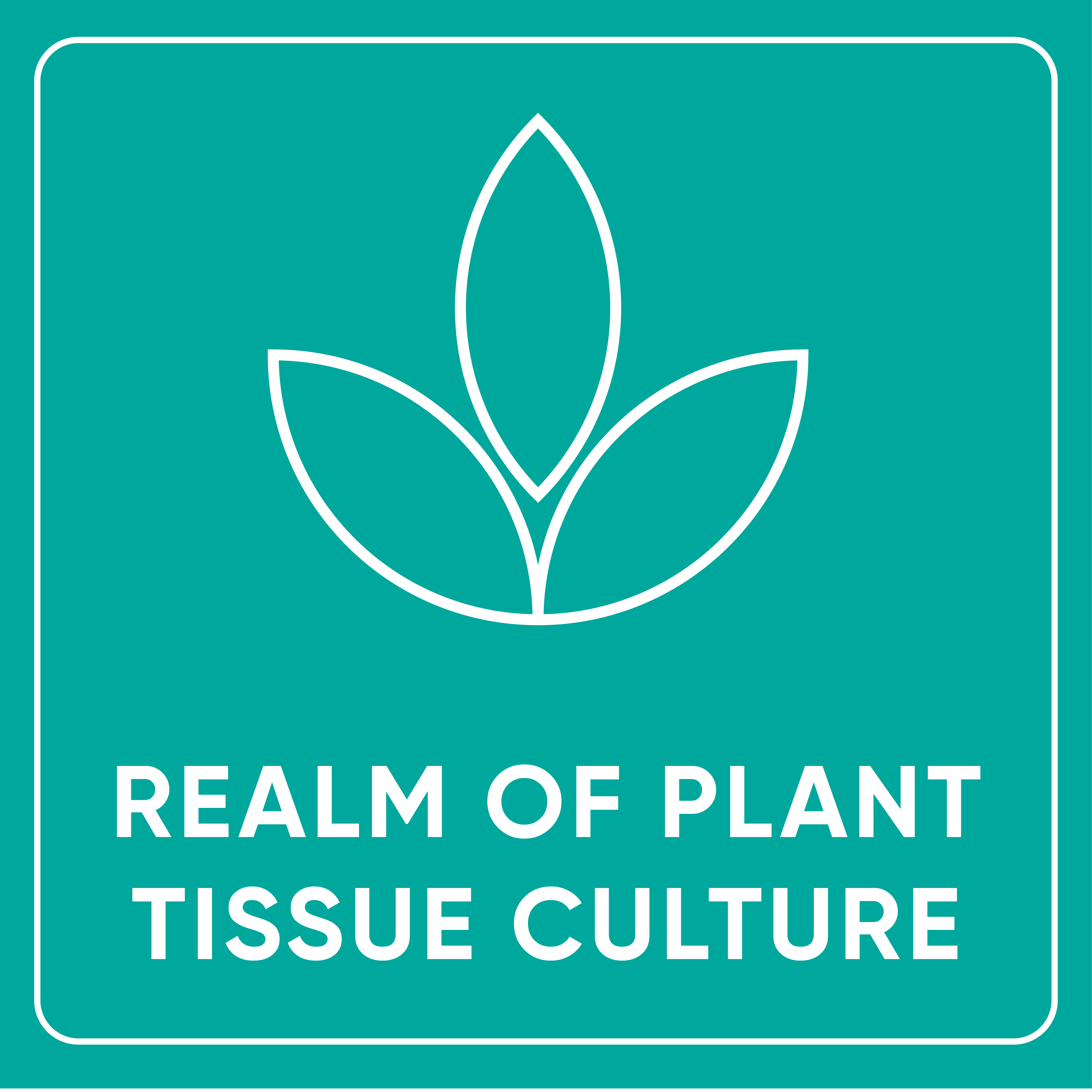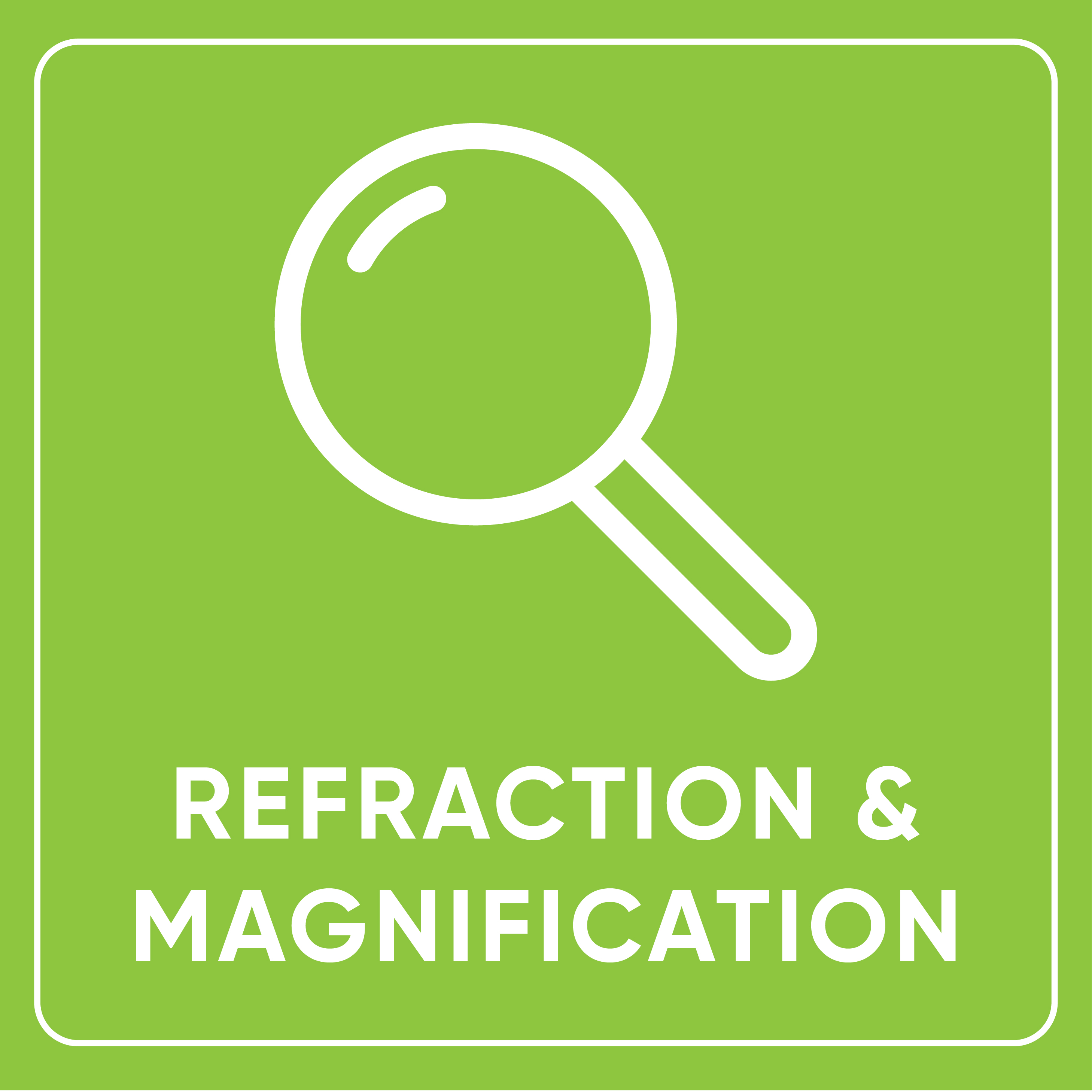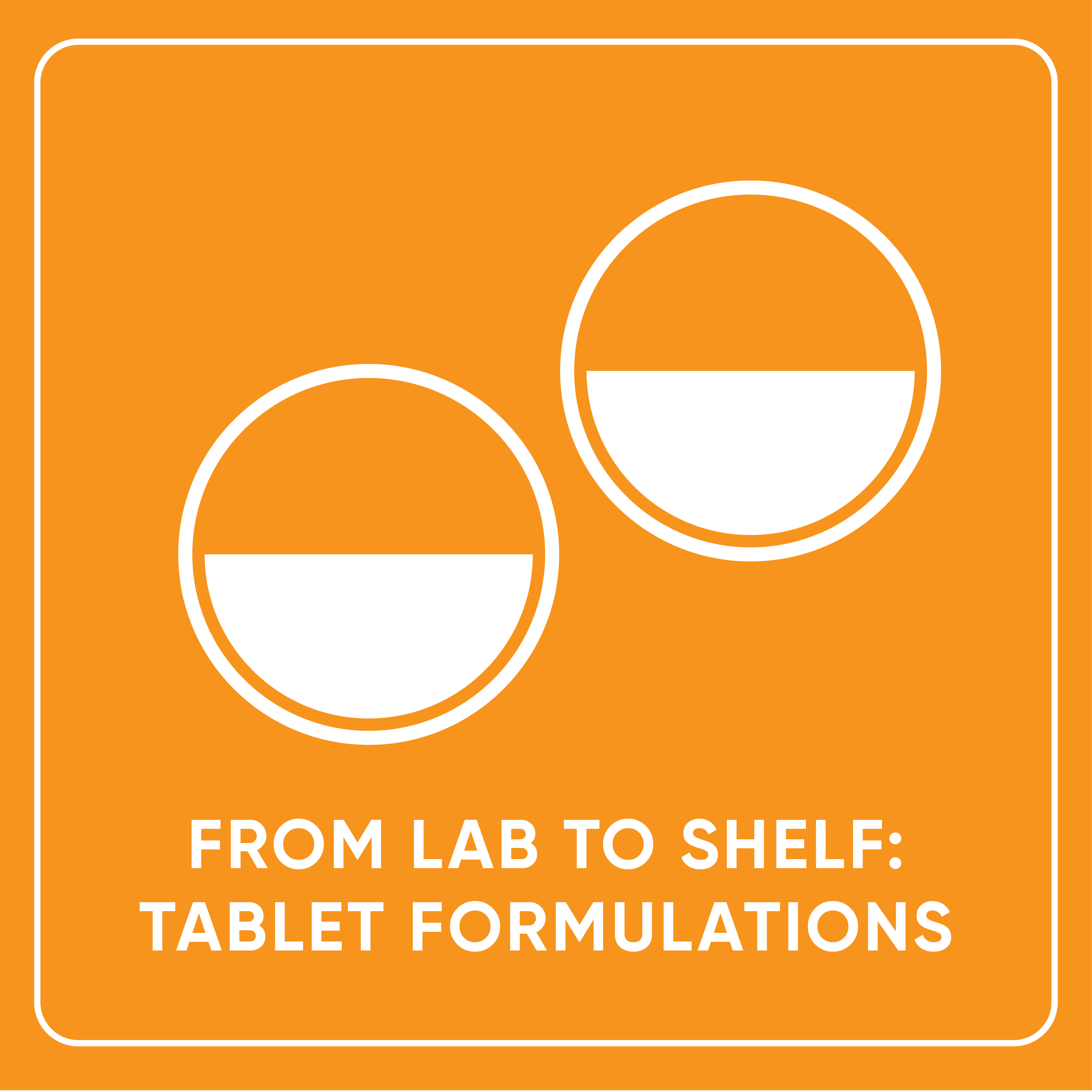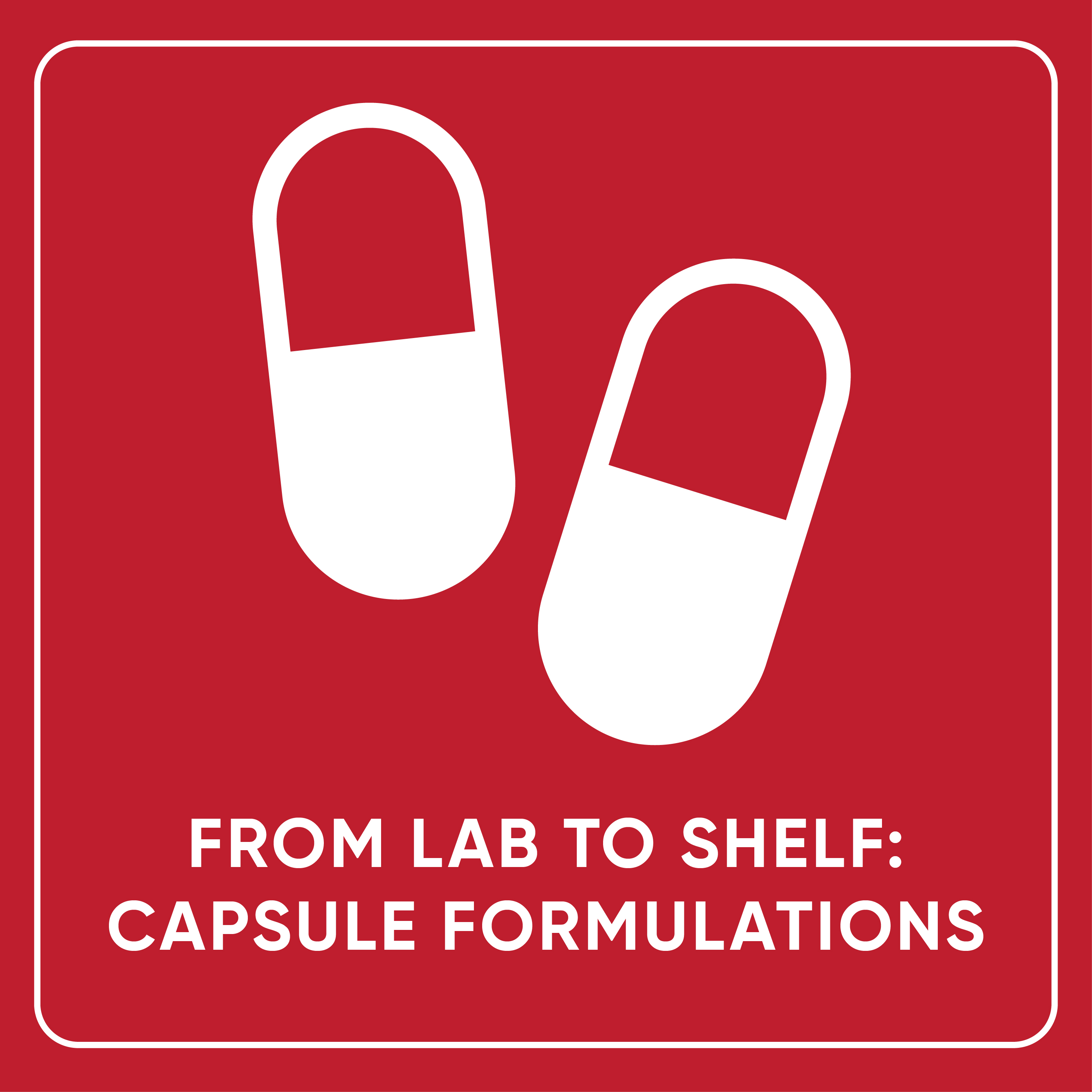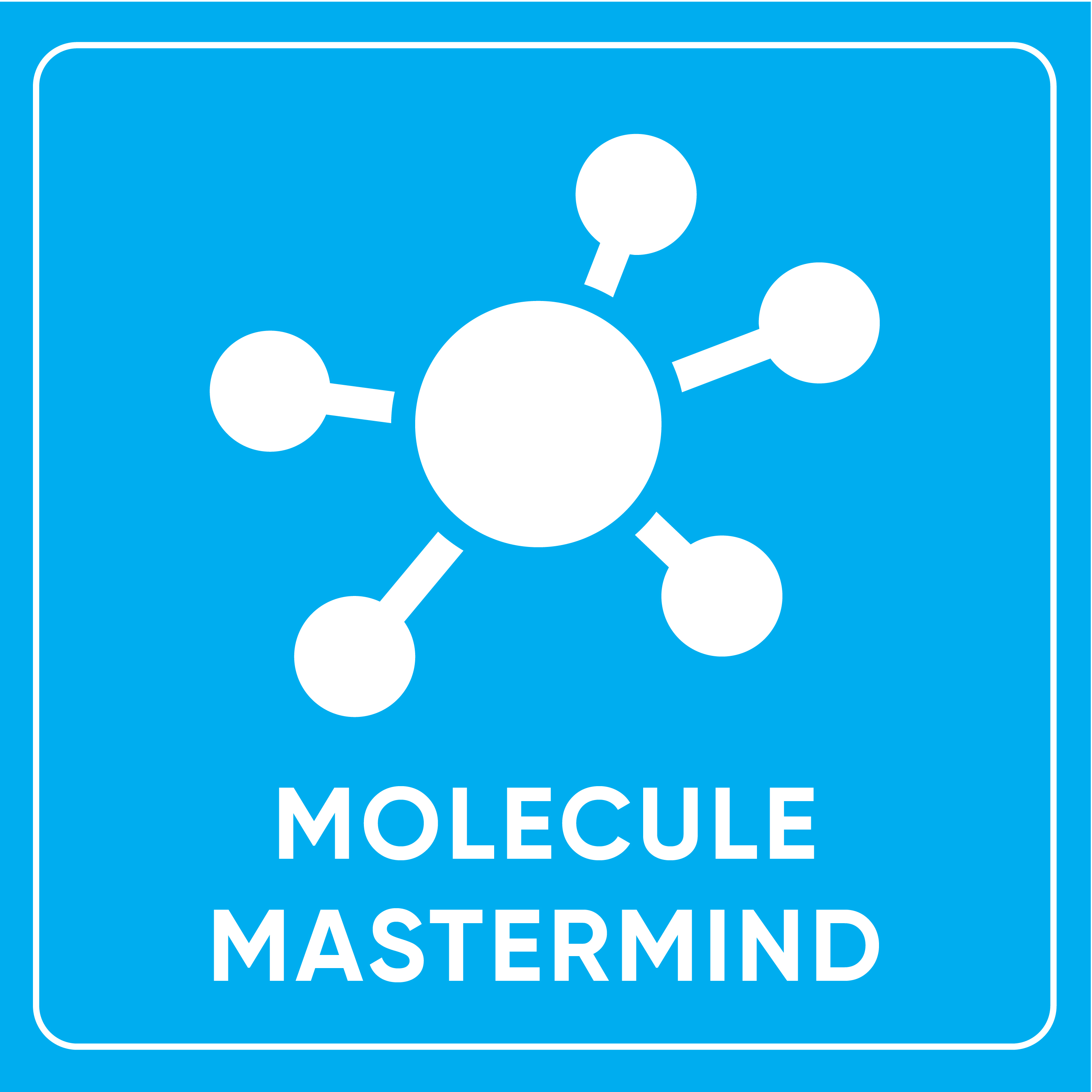Microalgae play a critical role in capturing carbon dioxide (CO2) from the atmosphere through photosynthesis, where they convert CO2 into organic compounds while releasing oxygen. This ability makes them effective agents for carbon sequestration, aiding in efforts to mitigate climate change. Additionally, the products derived from microalgae can be utilized to generate energy and various other beneficial products. Therefore, by harnessing microalgae, we could potentially reduce CO2 levels while simultaneously creating valuable resources.
Monitoring the CO2 uptake by microalgae can be achieved using a CO2 probe, a device designed to measure CO2 concentration in the environment. By tracking changes in CO2 levels, researchers can assess the efficiency of microalgae in capturing CO2 and optimize cultivation conditions to enhance their carbon sequestration capabilities. This monitoring process is essential for understanding the role of microalgae in reducing CO2 emissions and advancing sustainable environmental management solutions.
To monitor the CO2 levels in the water during a microbial process, a specialized device known as the Transmitter M400 Type 2, manufactured by METTLER TOLEDO, will be showcased. This device will be connected to growth flasks containing microalgae. It will illustrate the decline in CO2 levels within the vessel, offering real-time data on water CO2 concentrations. Participants will gain insight into the potential of microalgae for carbon capture and sequestration, as well as sustainable approaches to environmental management.








